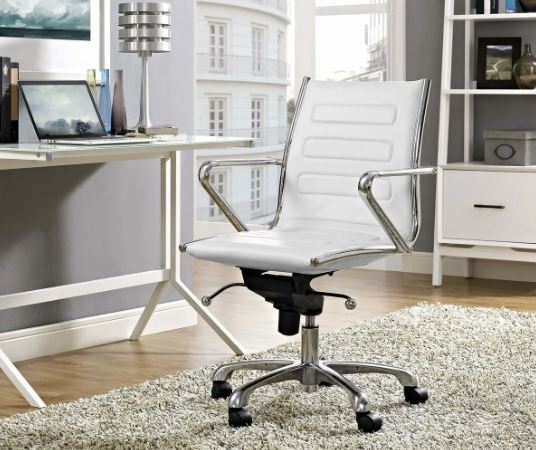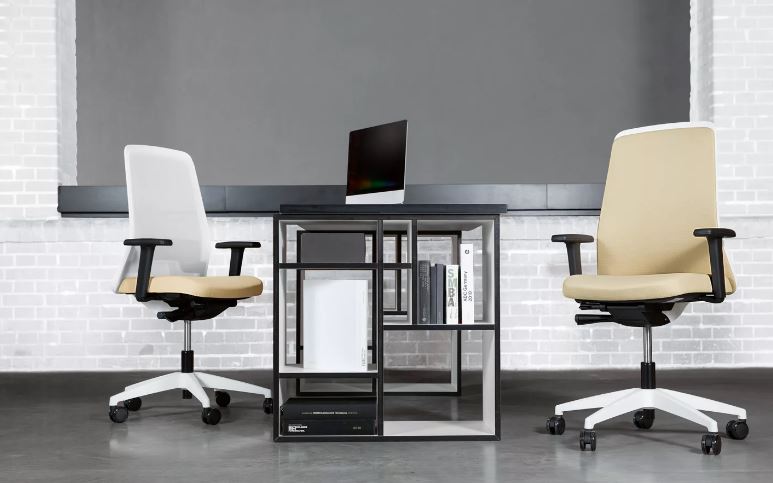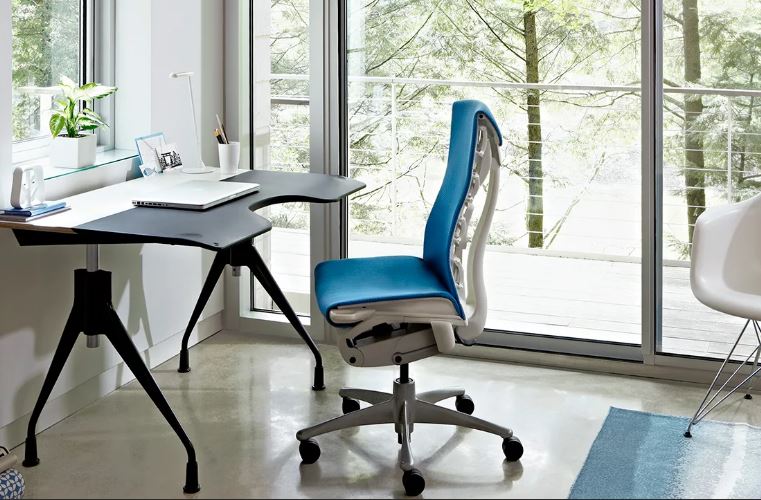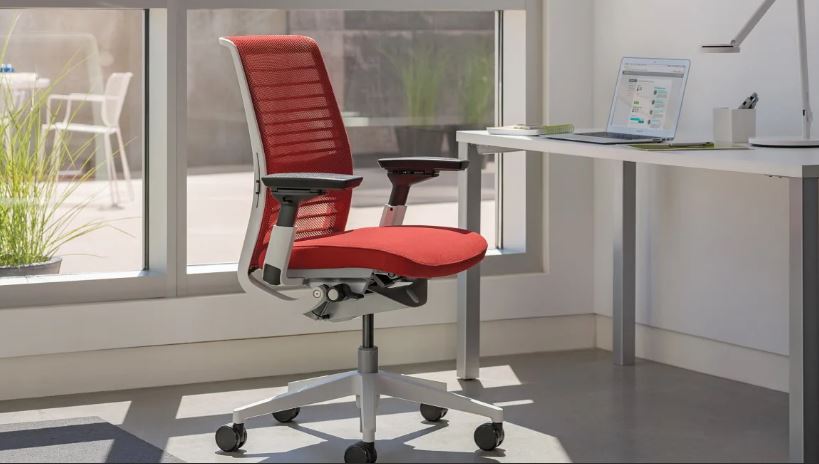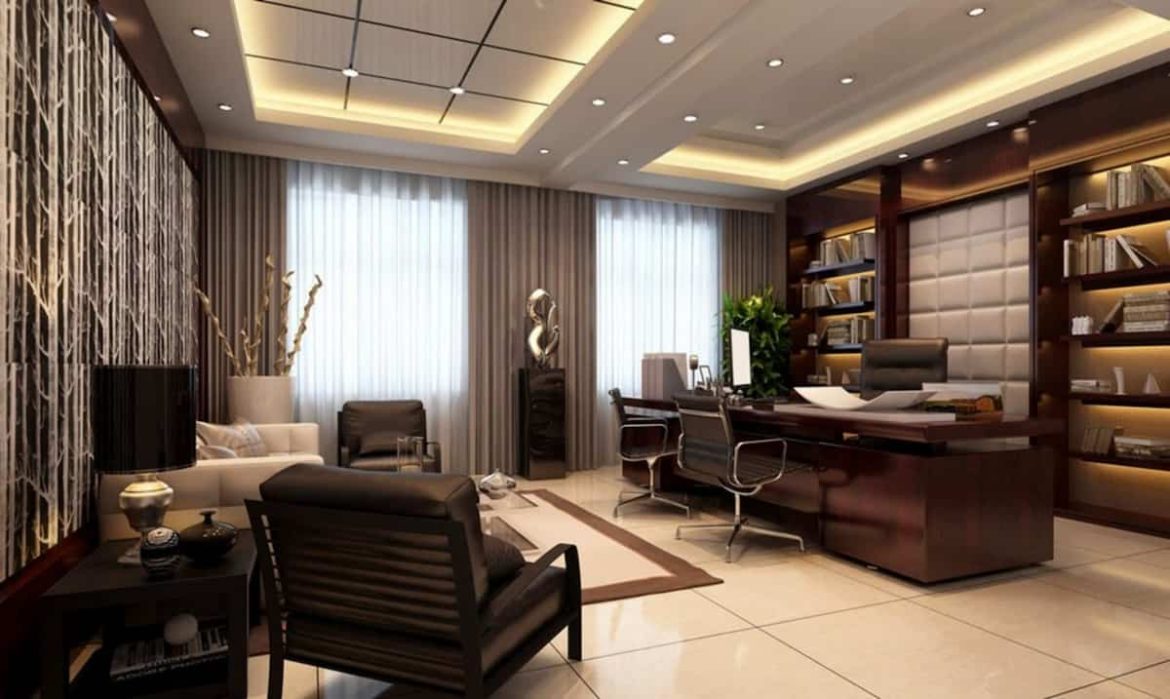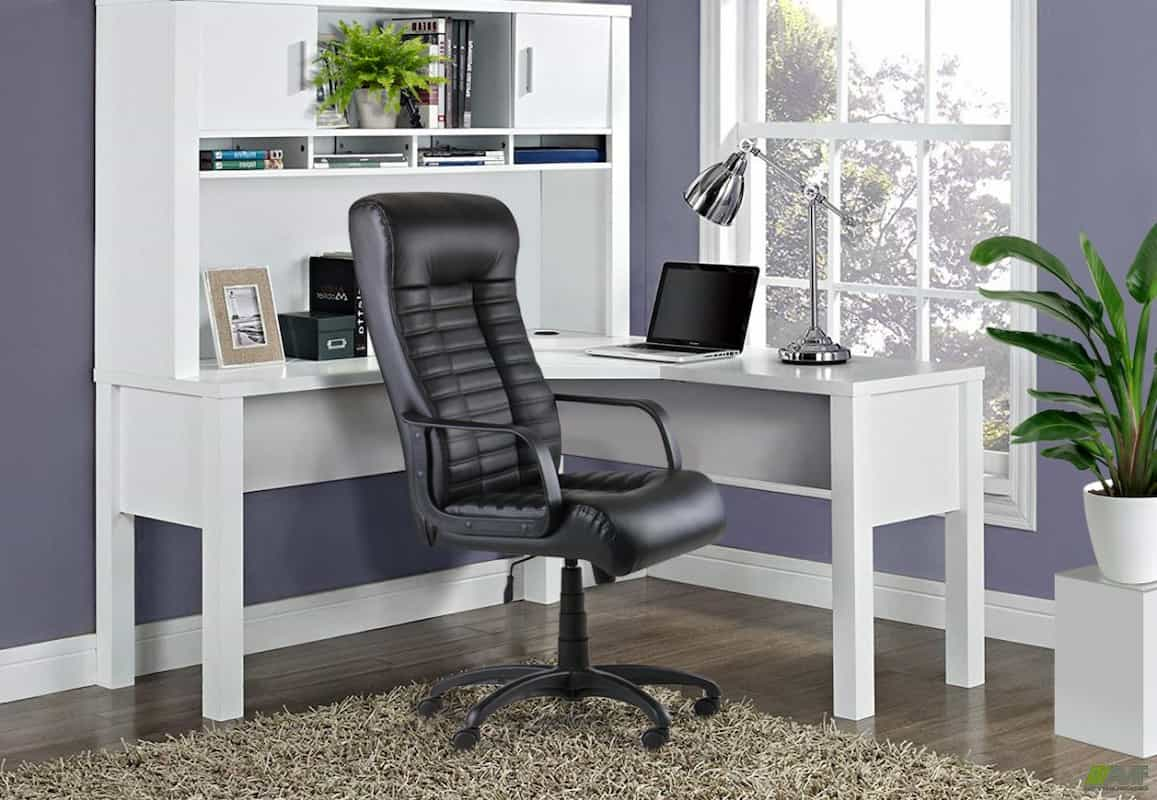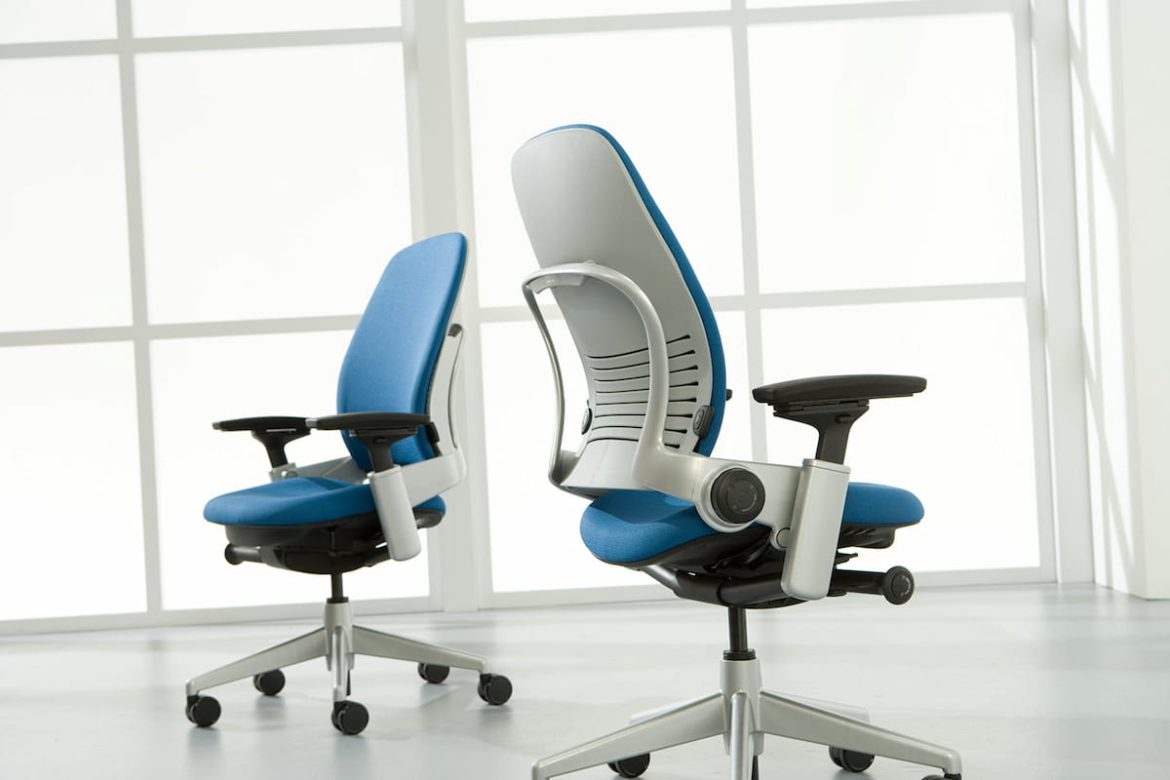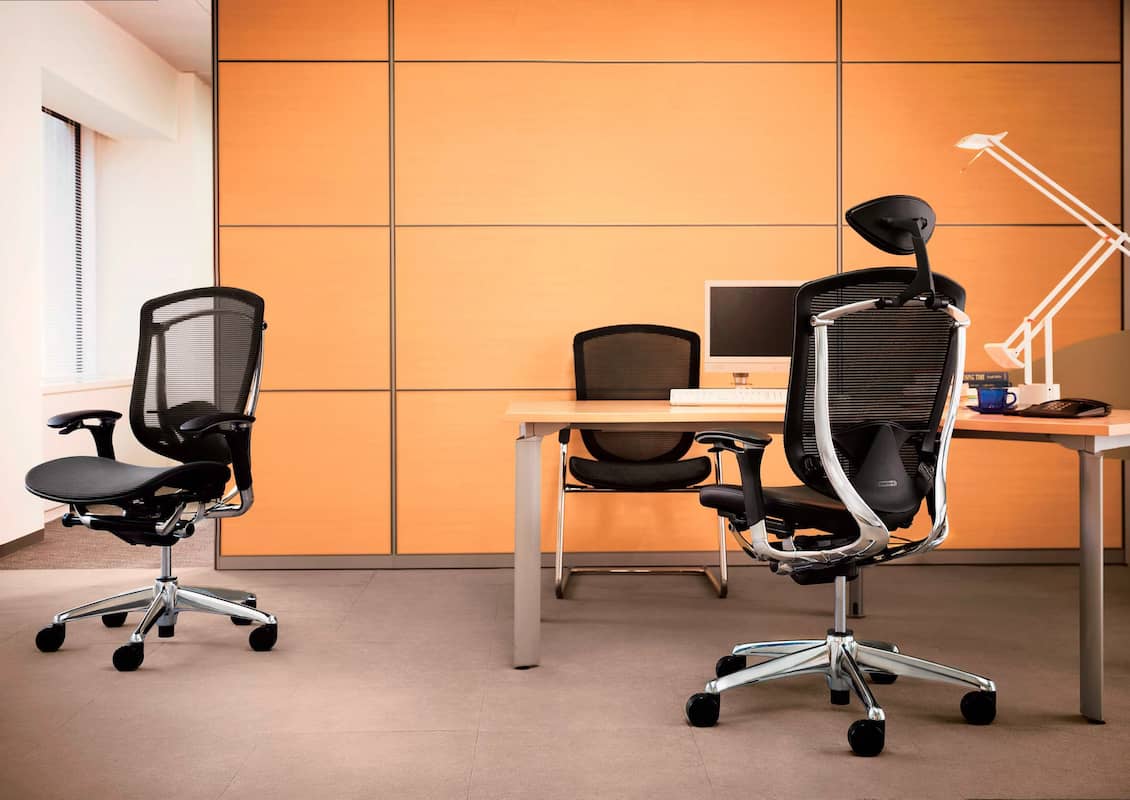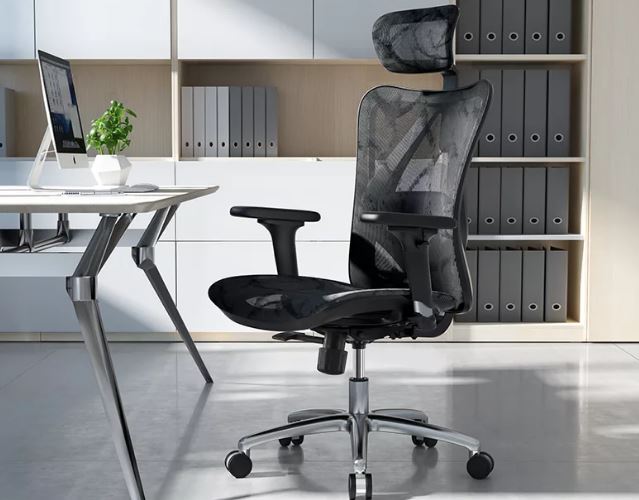Learn the Differences Between a Trestle and Pedestal base dining Table so You Can Choose the Best One for Your Family.
If you and your family need a new dining table but is not sure how to go about finding the right one, this article is for you. We won’t bore you with a long discussion of the merits of the four-post table vs. the trestle table or the pedestal table. We’ll concentrate instead on describing the broader considerations that are relevant to all three of these alternatives.
Given your apparent level of interest, though, I shall summarize the key differences between the two layouts. A four-post table has four legs, two at each corner, that carry the bulk of the table’s weight. The legs of a trestle are sometimes inset and braced with an X, an H, or a box stretcher to offer further stability. Pedestal tables have a circular top and a central support structure.
Standard considerations include the amount of available space, the size and shape of the table, and the quality of its construction when shopping for any piece of furniture, but especially one as vital and central as the dining table. 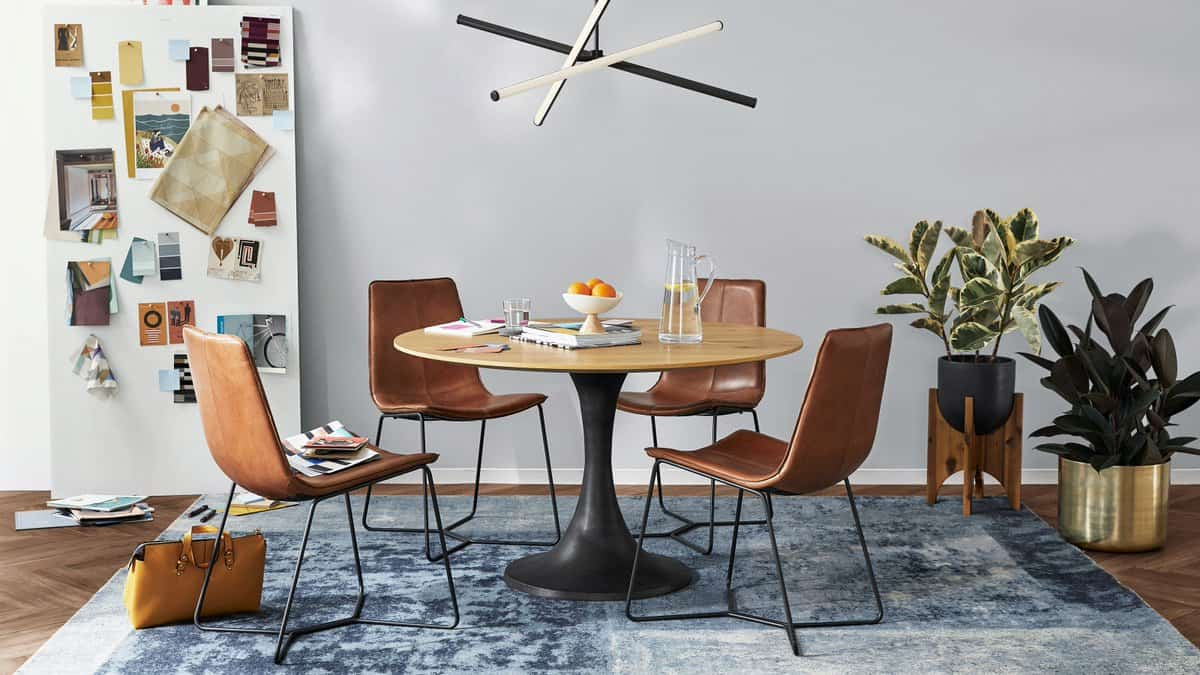
Just how much space do you have to offer?
Consider the available space carefully before choosing a trestle or pedestal table of any size or design. These two kinds of tables are great for small spaces and banquette seating arrangements (built-in bench area). In general, three to four feet of walking space should be left around the table for everyone’s convenience. The length of the table is measured from its outermost edge to the nearest wall or large piece of furniture in the room.
The best way to determine what size table will fit in your space is to actually measure the height, width, and length of your desired table. This needs to be completed without delay. Parts of the room’s furnishings can be used to create scale replicas. Some even resort to using bed sheets to feign width and length. We recommend using ordinary painter’s tape for your project.
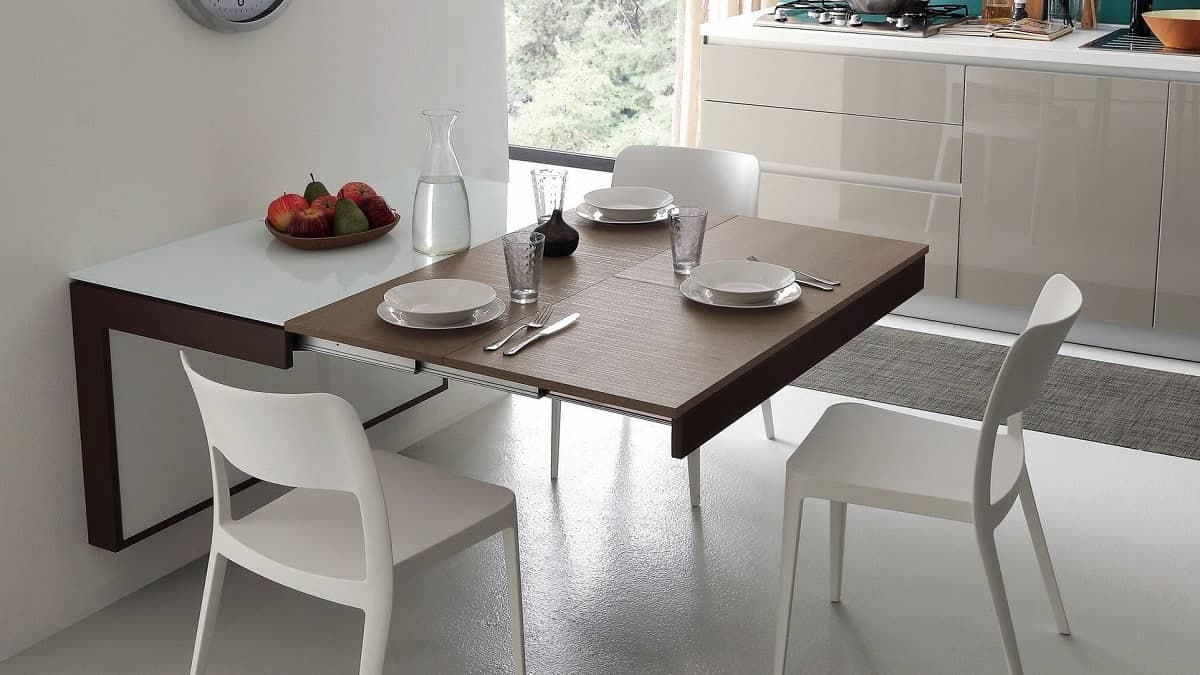
How should this room be set up so that it maximizes its potential?
You can select from a round, square, or rectangular shape. Although square and rectangle tables provide more possibilities in general, a round pedestal table may be the better choice in certain situations. They are better suited for close quarters, as was mentioned before. Moreover, a circular table in a restricted space is not as visually harsh or physically hazardous as a table with corners. The flexibility of the design
allows for an extra place setting to be added with no effort, encouraging conversation among those seated at the same table.
In how many people’s laps can you fit?
A Circular | You should get ready to do something. There will be some figuring involved. Finding out how many people can comfortably fit around a circular pedestal dining table can be done by multiplying the diameter (the breadth of the table) by Pi (3.14).
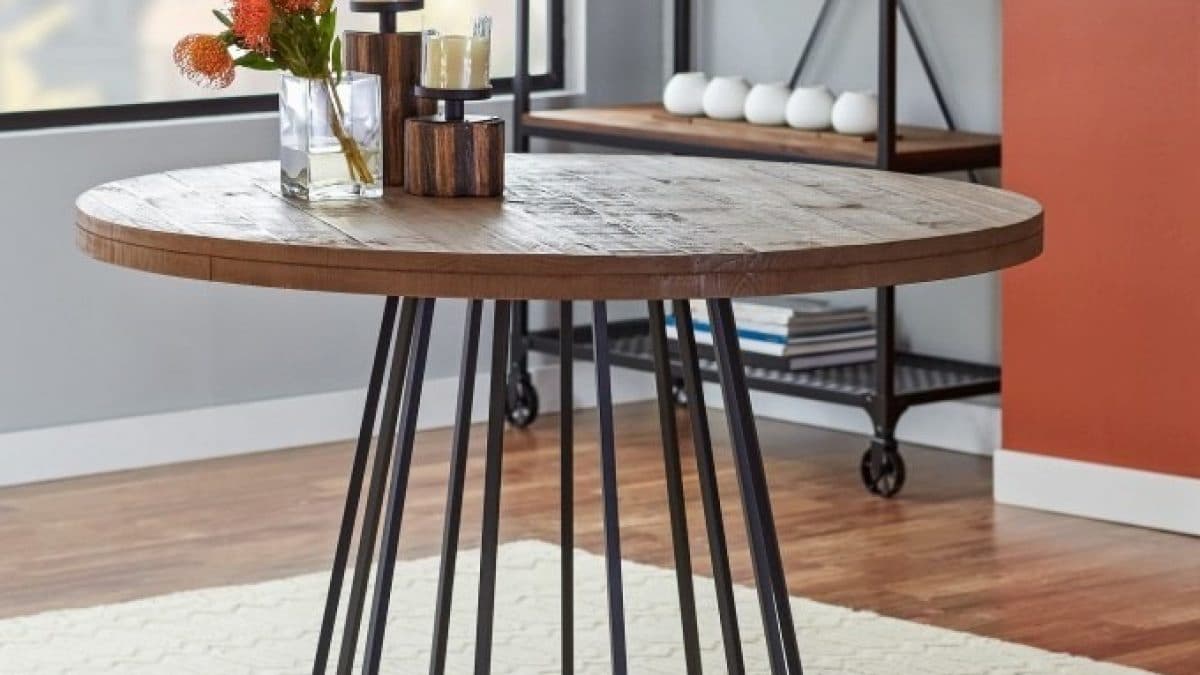
Subtract 24 from that result. Why 24? I appreciate your inquiring about it. No of the form of the table, there should be at least 24 inches of space between each seat. Therefore, a maximum of 6.28 persons might potentially fit in Yorkshire with a 48-inch width. The family rescued a Spaniel mix. Therefore I’m going to guess that the.28 belongs to the dog.
Public Forum | The perimeter is what we’re working with here, people. To get the height of a square pedestal dining table, add up the lengths of its four legs, then divide that number by 24. For instance, our Brecker square pedestal features a surface that is 60″x60″. Although the numbers say it can hold 10, in practice, it can only hold eight. Two place settings are missing due to the table’s edges. Math. Is this what you mean?
The Rectangular | The Square Is straddling the trestles or pedestal going to be a problem for you or your guests? This is the most important question you can ask yourself. (Two pedestals are often needed to hold up a rectangular dining table.) If you and your guests have a similar disposition, this math will be a breeze to explain.
Take the whole length of the table and divide it by 24 to get the width. With this data in hand, you should have a better idea of how many people can be seated along the table’s length. To complete some more math, you’ll need a pen and paper. Grab a pen and paper if you and your guests would rather not straddle and have plenty of space to move around.
The length of the table must be adjusted downward by the overhang distance and the width of the trestle or pedestal. The space between the trestles or pedestals can be used to set up chairs for your guests.
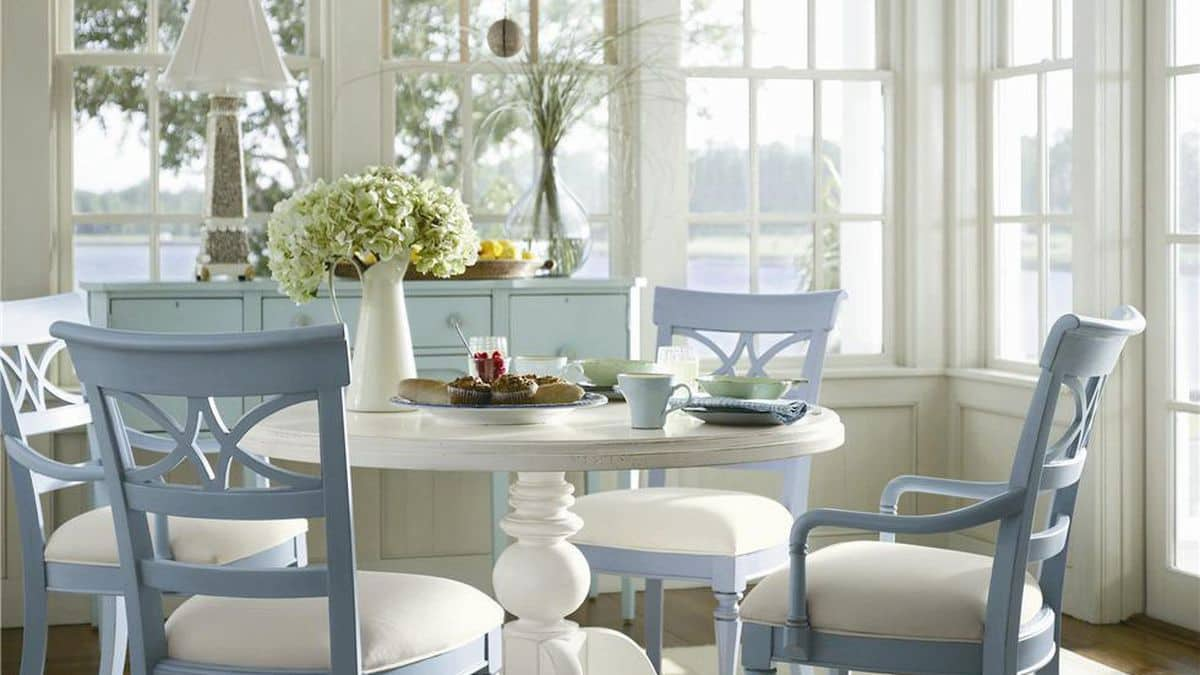
The following example should be of some help. Below is the equation that needs to be resolved.
The 90-inch length of this table allows for two people to sit on each side and one person at either end. If there’s more elbow room at the table, everyone can relax more. It’s likely that your loved ones will keep employing this table for a long time to come. That’s why it’s crucial that it works for what you need.
All of the arithmetic is handled automatically by the “Customize Item” button on each product page at Unruh Furniture. If you already have a rough drawing of the dimensions you need, all you have to do is choose them and view the “Sizing Information.” Find out how many people should be seated at your table and what kind of space is required to properly set it up in this area.
In your opinion, how well-built is it generally?
Be on the lookout for straightforward but well-structured content. The finish of a quality pedestal dining table should be sturdy enough to withstand frequent use without becoming visibly scratched or dinged. It is not necessary to use intricate joinery to attach the legs to the top of the table. Inferring durability from a lack of complication in the building process is a good strategy. Although wooden-to-wood joinery lasts the longest, you can still get trestle and pedestal dining tables with metal legs and hardwood tops. No matter what, the standard joinery guidelines from before remain in effect.
